My green crocodile
2018
Installation. Sound speaker, sculpture (concrete, strapping belts, wax, metal), screen.

Object from the project My Green Crocodile.
2018.
Concrete, strapping belts.
163×30×52 cm (64×12×11 in)

Object from the project My Green Crocodile.
2018.
Concrete, speaker, strapping belts.
156×30×30 cm (61×12×12 in)

Object from the project My Green Crocodile. Fragment.
2018.
Concrete, speaker, strapping belts.
163×30×52 cm (64×12×11 in)

Object from the project My Green Crocodile.
2018.
Wax, metal.
13×3×5 cm (5×1×2in)

Exhibition view My Green Crocodile.
2018.
Navicula Artis, St. Petersburg

Exhibition view My Green Crocodile.
2018.
Navicula Artis, St. Petersburg
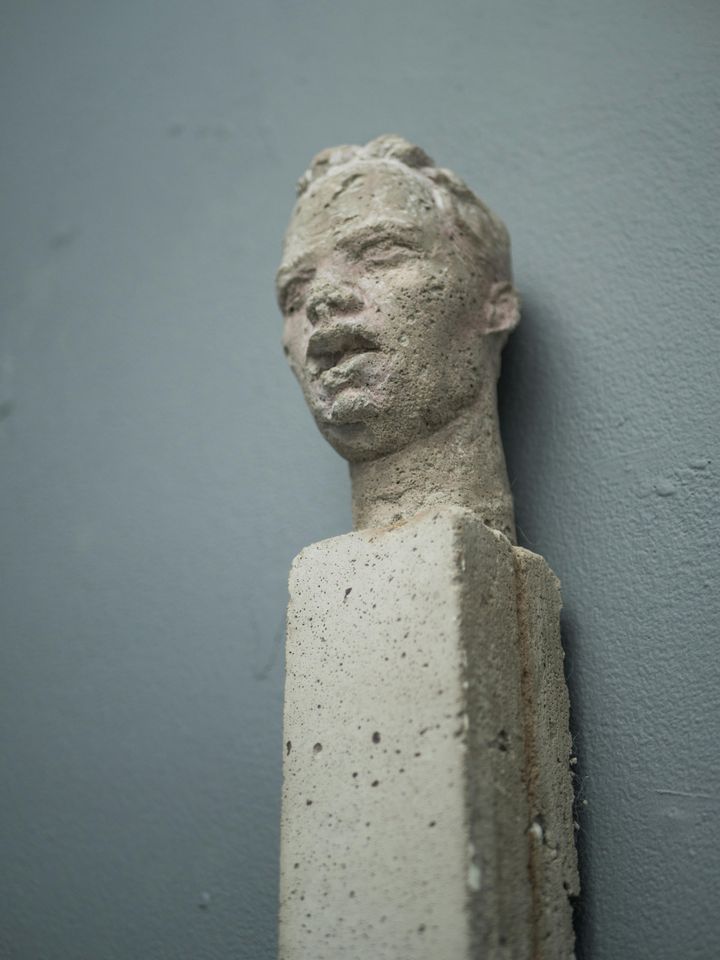
Object from the project My Green Crocodile. Fragment.
2018.
Concrete.
215×5×5 cm (84,5×2×2 in)
Video documentation My Green Crocodile.
2018.
Navicula Artis, St. Petersburg
My green crocodile
Vulnerability is possibly a property of sensitive natures who are experiencing their ingress into the world too acutely. “My green crocodile” was the name of the Soviet cartoon, and in this case a surrealistic coordinate system in which the plot-motivated metamorphosis starts incredibly quickly, assimilation and transformation.
Nikita Seleznev is a contemporary sculptor. What he does is correlated with the idea of sculpture as the inclusion of a three-dimensional form in space, understood not only as a “place”, but rather as a volume expanding the form in the mode of total impact. At the Art Prospect festival, he turned the former The House of Culture for Connection workers into a sounding sculpture, voicing the abandoned building of the Soviet Art Deco and the screams of a living creature. Suddenly animated, it became resonant with the surrounding space of the city with a sounding sculpture. In the current project, the artist also confronts mute and brutal urban forms, and the living organic principle of non-personified flesh.
Placed in space, elongated tetrahedral cubic volumes play various plots of this archetypal form - from the architektons of Kazimir Malevich to the vertical objects of Sol LeWitt. This sterile minimalist aesthetics is the pole of alienation and hostility in the lyrical plot. But it is not monolithic, in it the organic world imprints its presence, creates chimerical connections of the living and the dead. So on one of the “tombstones” there appears something like a mold, or green vegetation, on the other — handles-mascarons — grinning wolf-faces, on the third anthropomorphic or biomorphic heads — growths. Some of these sculptures sound as they mate with the columns, the form begins to interact with the space with the help of sound, creating the necessary perception mode of the whole as a rigid boundary frame of existence for the megapolis. This bias towards the organic, natural and archaic principle of man was programmed in the theory of social plastics by Joseph Beuys and his attempt to "pour" the world of inorganic matter into the living element of life itself. The puppet totemic crocodile, which has become the lyrical hero of the exhibition with its obvious frailty and weakness, lack of will and vulnerability is a derivative of the boy's idea of plastics as an entelechy of existence, which according to Aristotle is breath, warmth.
Thus, in the collision of two types of philosophy of morphogenesis, the innermost narration of the artist, who is experiencing his birth and world, is created, which he creates every time, blindly, by touch, without a hint. For this world to exist, it must be re-told each time.
Gleb Ershov
Sound: Nikita Seleznev, Marina Karpova
Photo and video documentation: Vladimir Abikh
Projects
- Unfinished project
- Shaving of the Christ
- Slowly Aging Children
- On the tip of the tongue
- In the Valley
- Suburbia
- Karate poetry
- My space 2.0
- My green crocodile
- Preparation of the transformer-bride
- Tell me, O Muse...
- Dasia's fairy tales
- Notes from the Morder
- Phonatory bands
- Pets
- My space
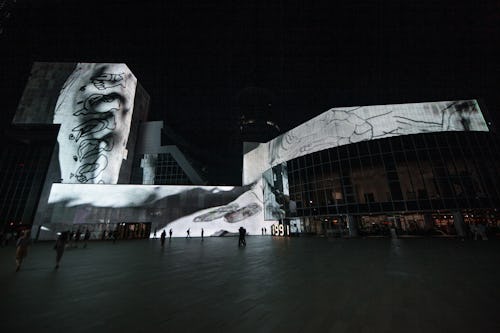
Q. What are the relationships and parallels between Russia at the beginning of the 20th century and now?
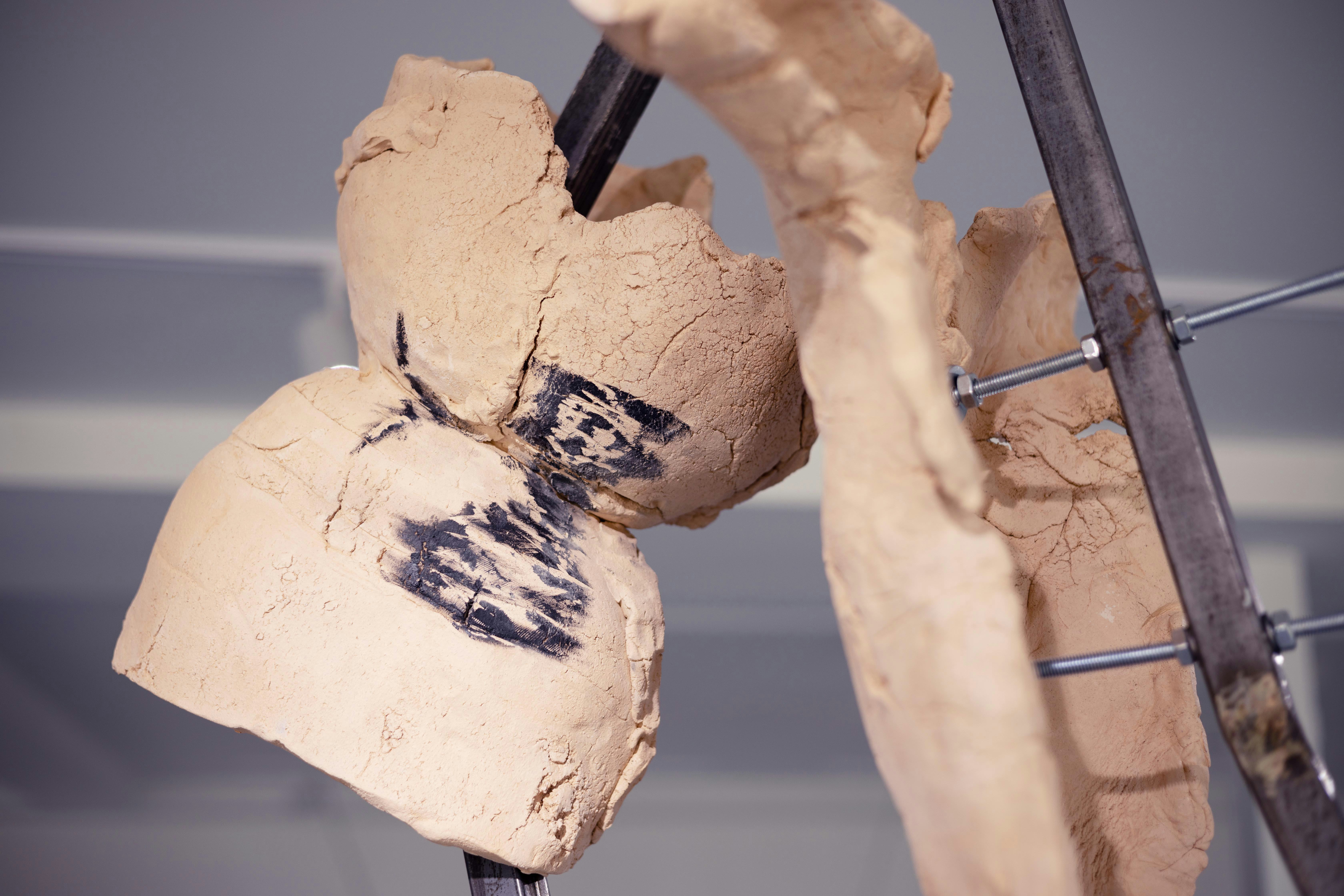

Q. How fantasy can be used to create alternative realities to escape propaganda and control.
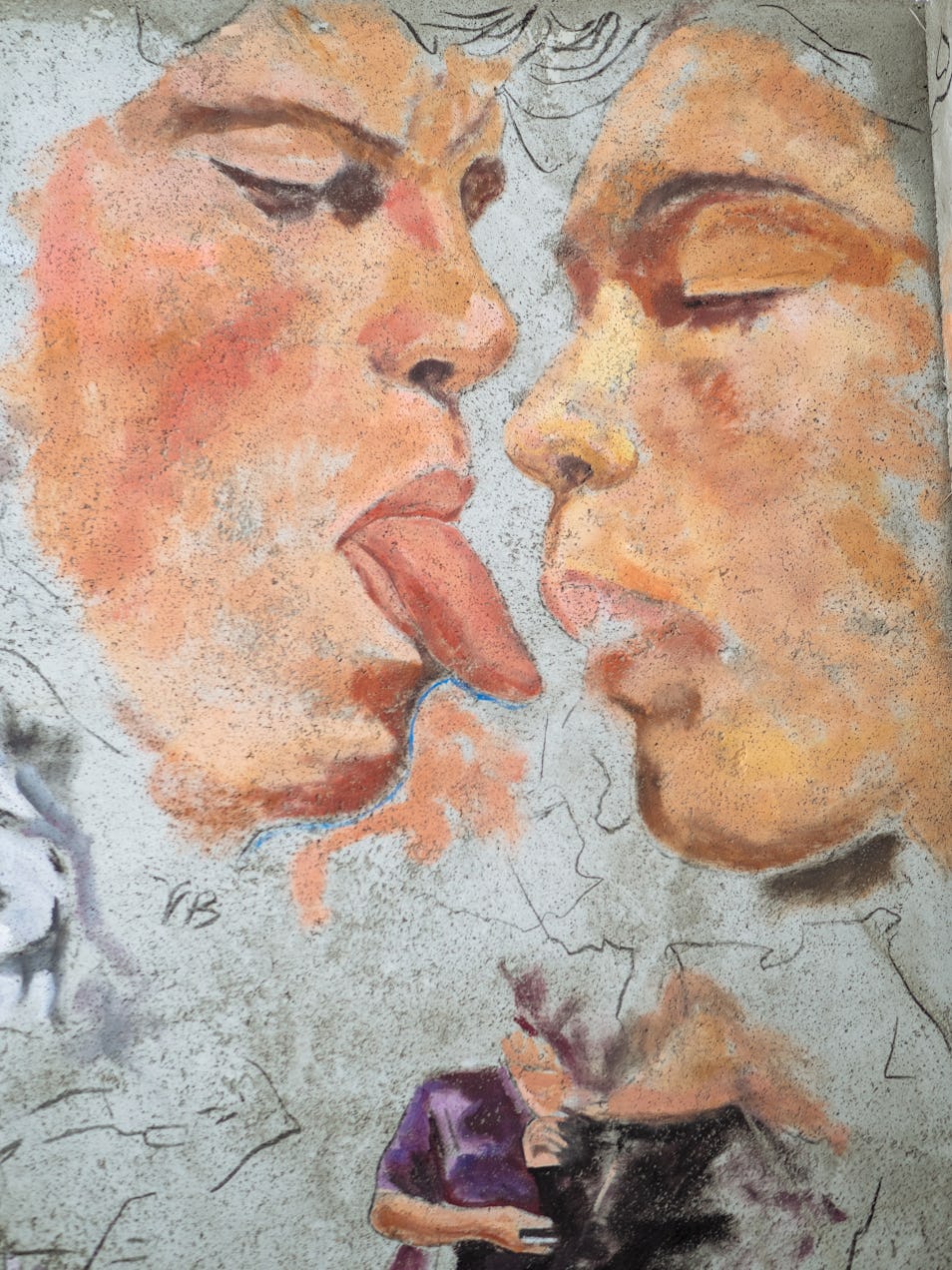
Q. What is love?
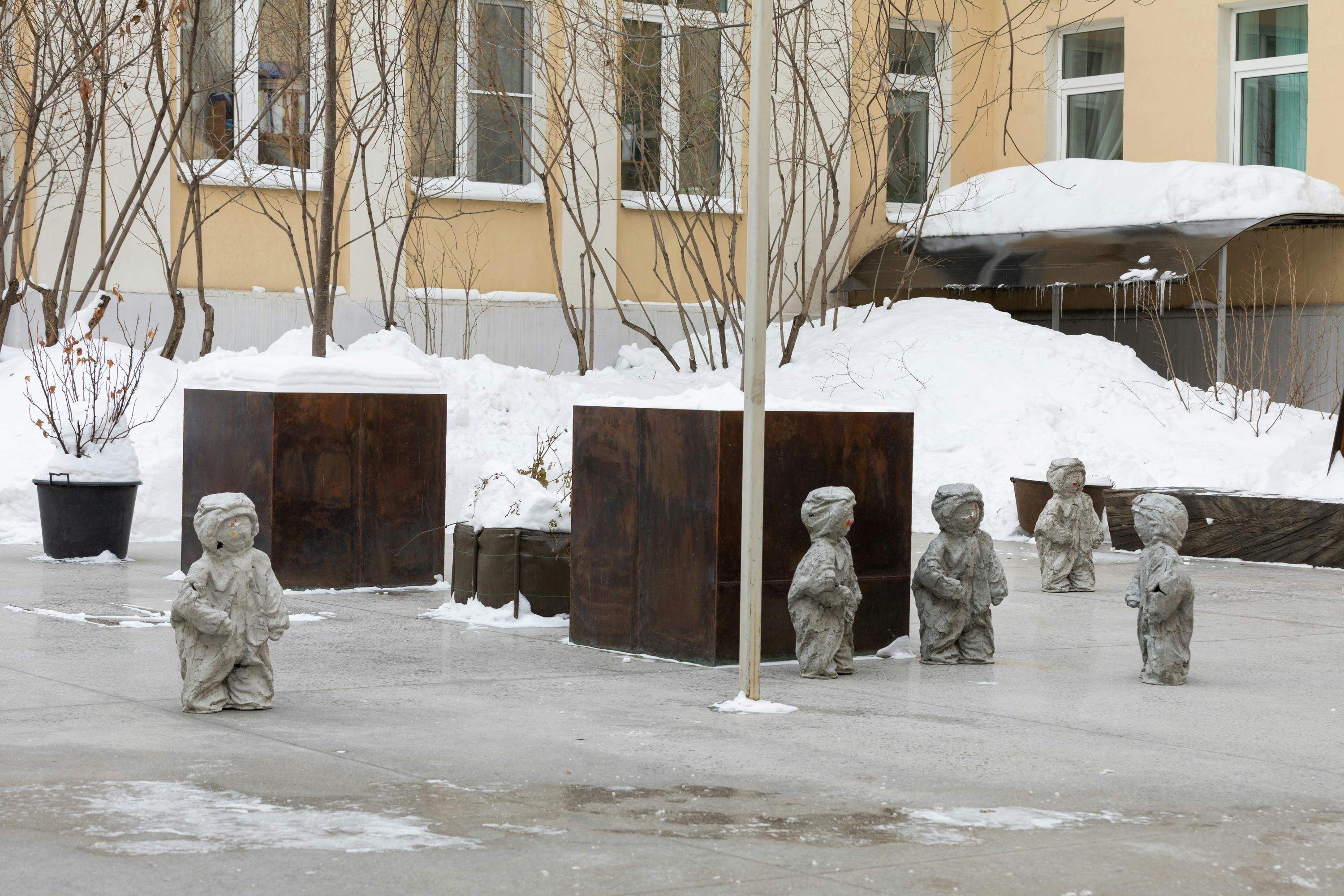
Q. How have our relationships with others been transformed in a technologized world?
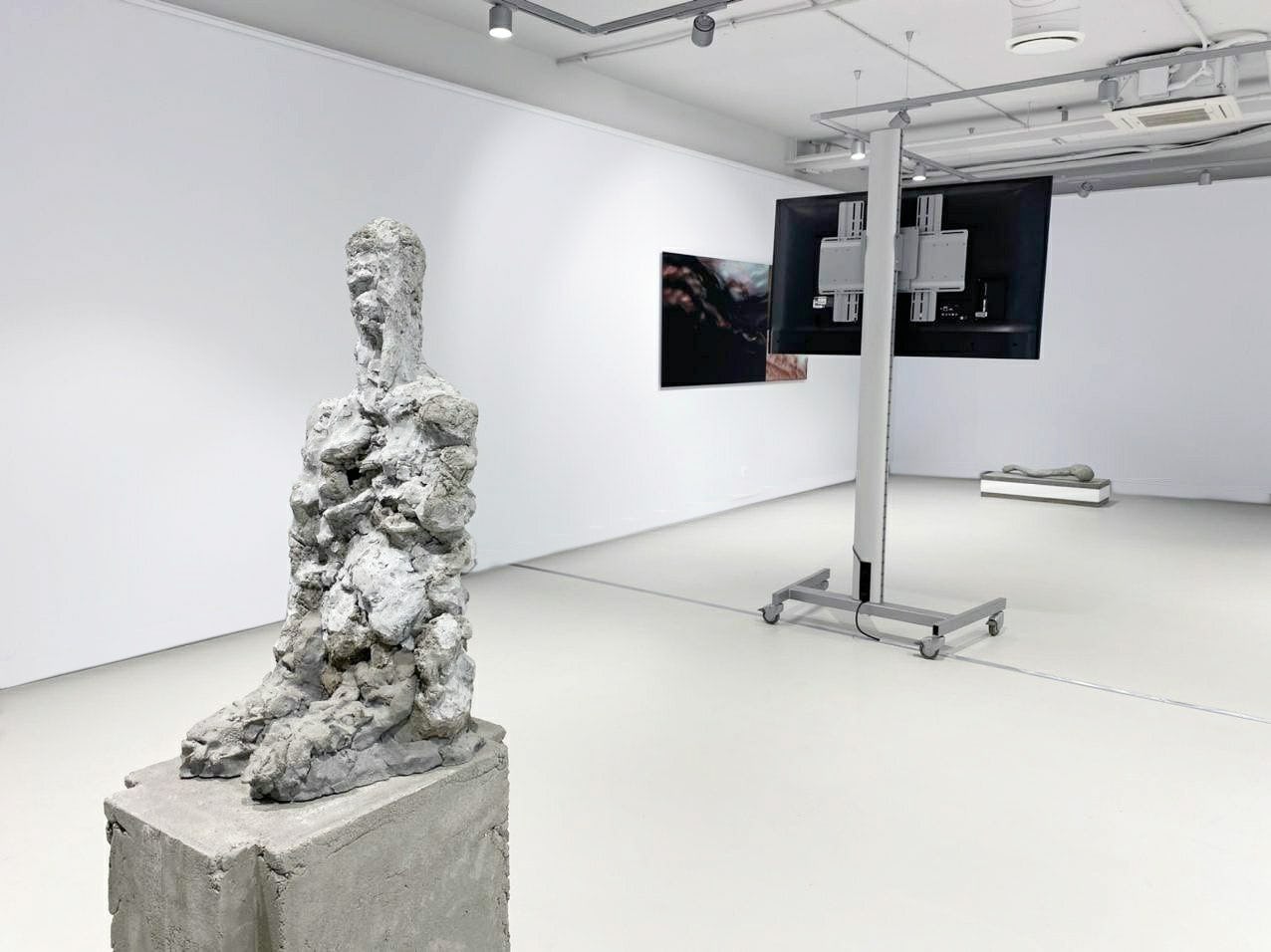
Q. How does one capture and experience existential soullessness of Russia high-rise suburbs?

Q. What is the character of the social network languages, particularly with the migration of images from scrins to reality and back?
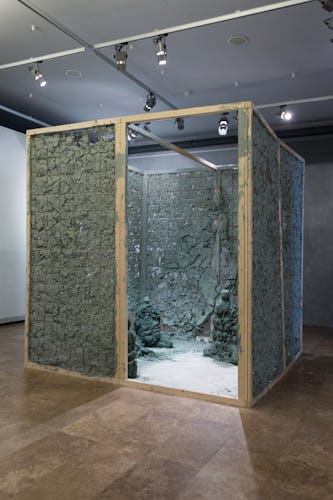
Q. How can the anxiety of the modern world be expressed?
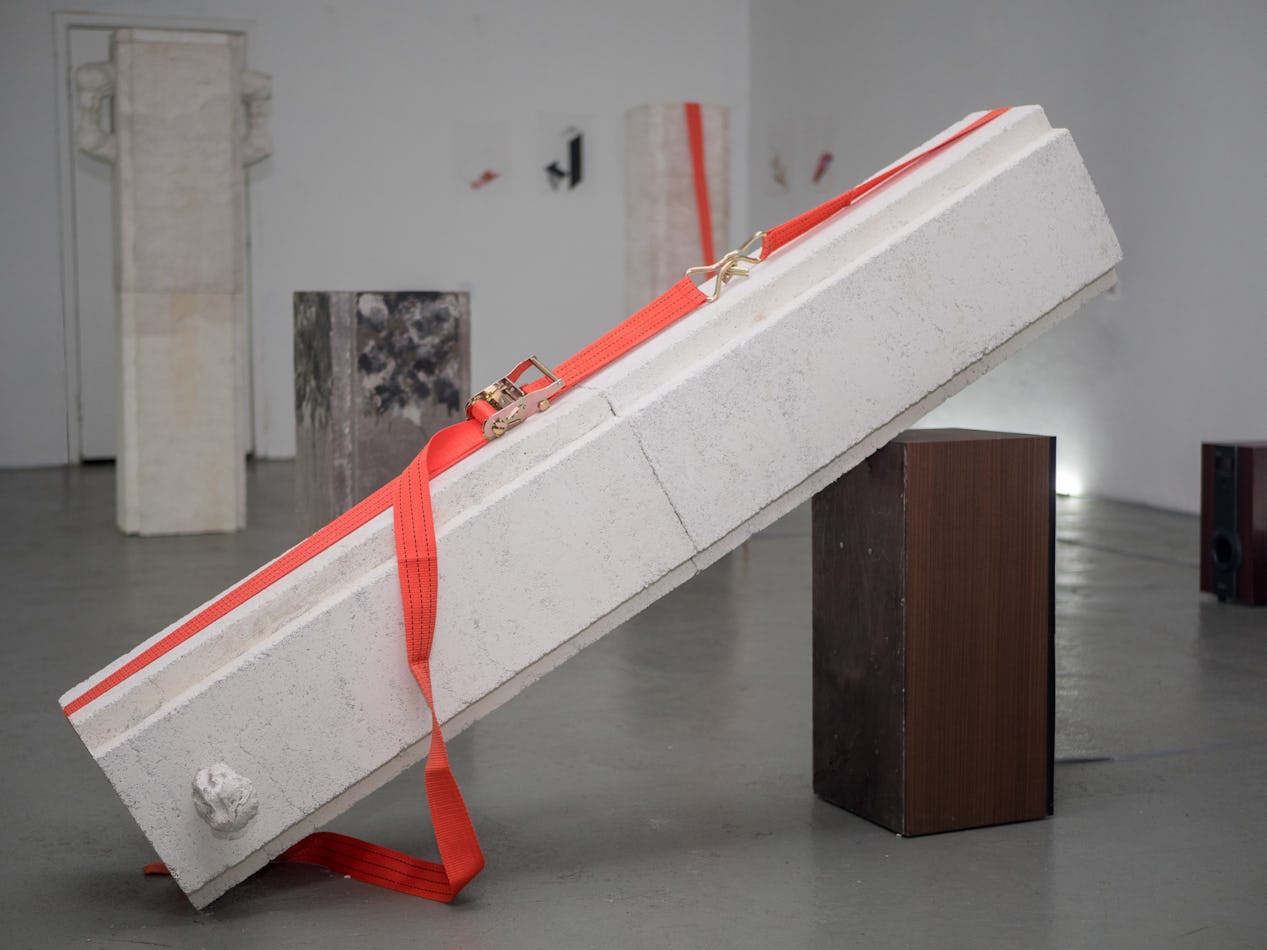
Q. How does one capture the estrangement of the inhabitants of Russia’s marginal districts?
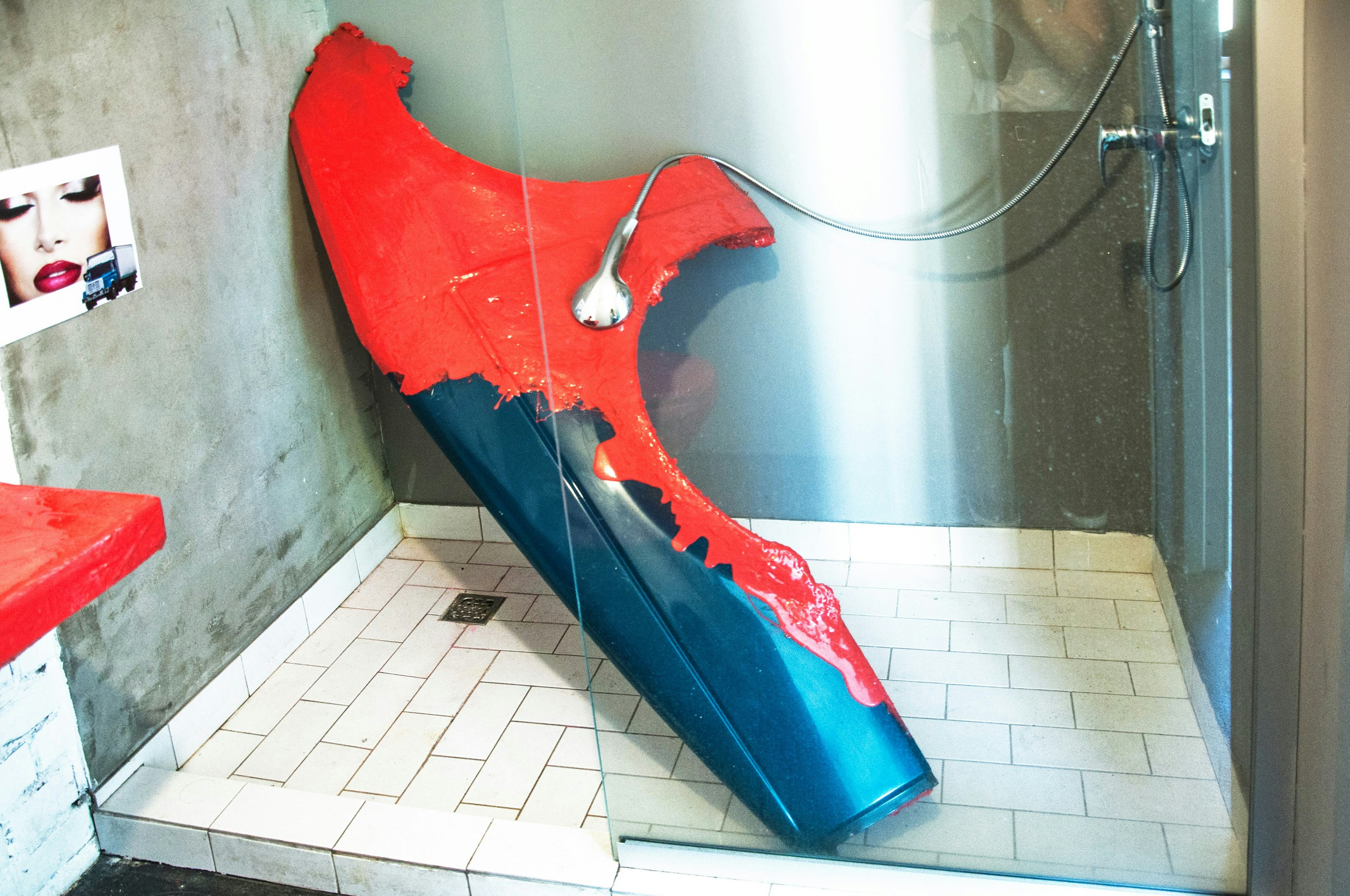
Q. Why do humans have conflicted notions about privacy and openness, and a need and desire for individuality?
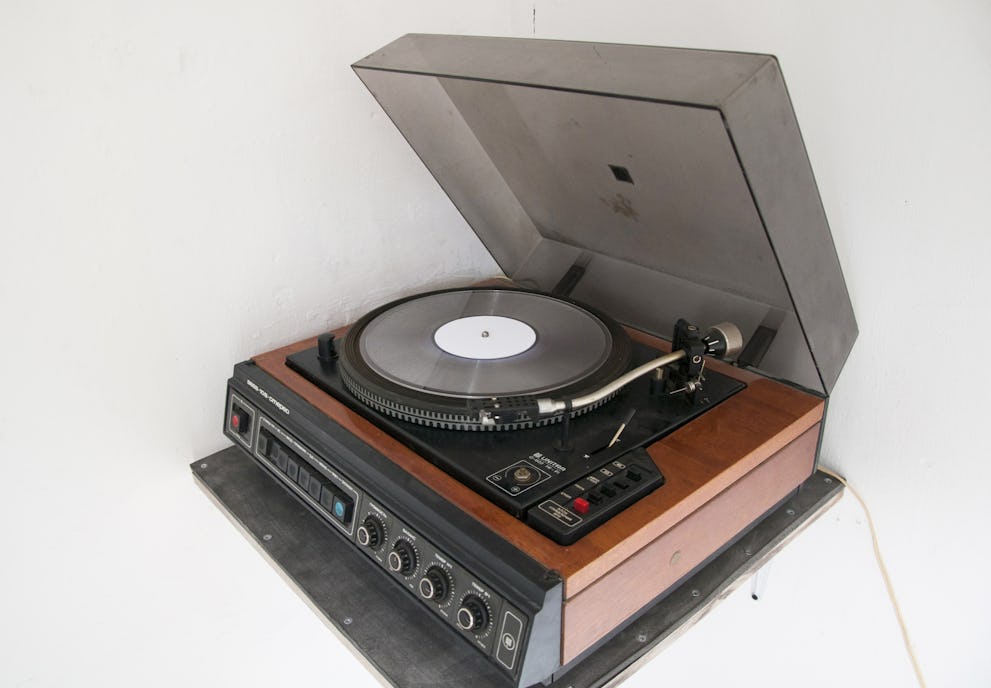
Q. How does the media use hatred and scandal for profit?
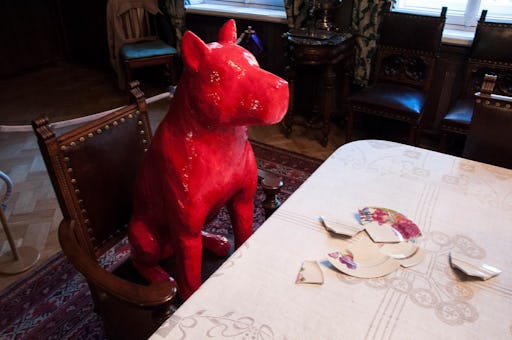
Q. What was the complex relationship between Fyodor Chaliapin’s and his daughter, Dasia?
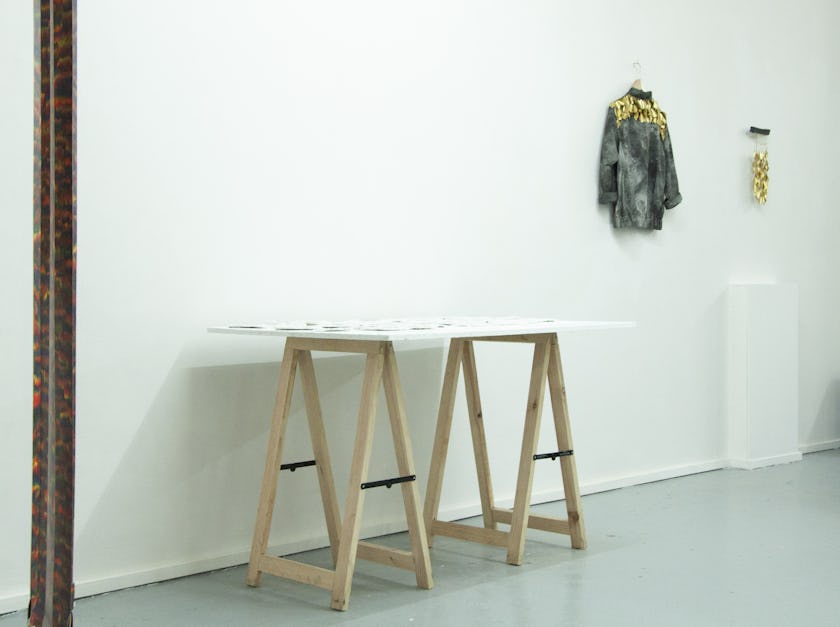
Q. How does fantasy create images of desire?
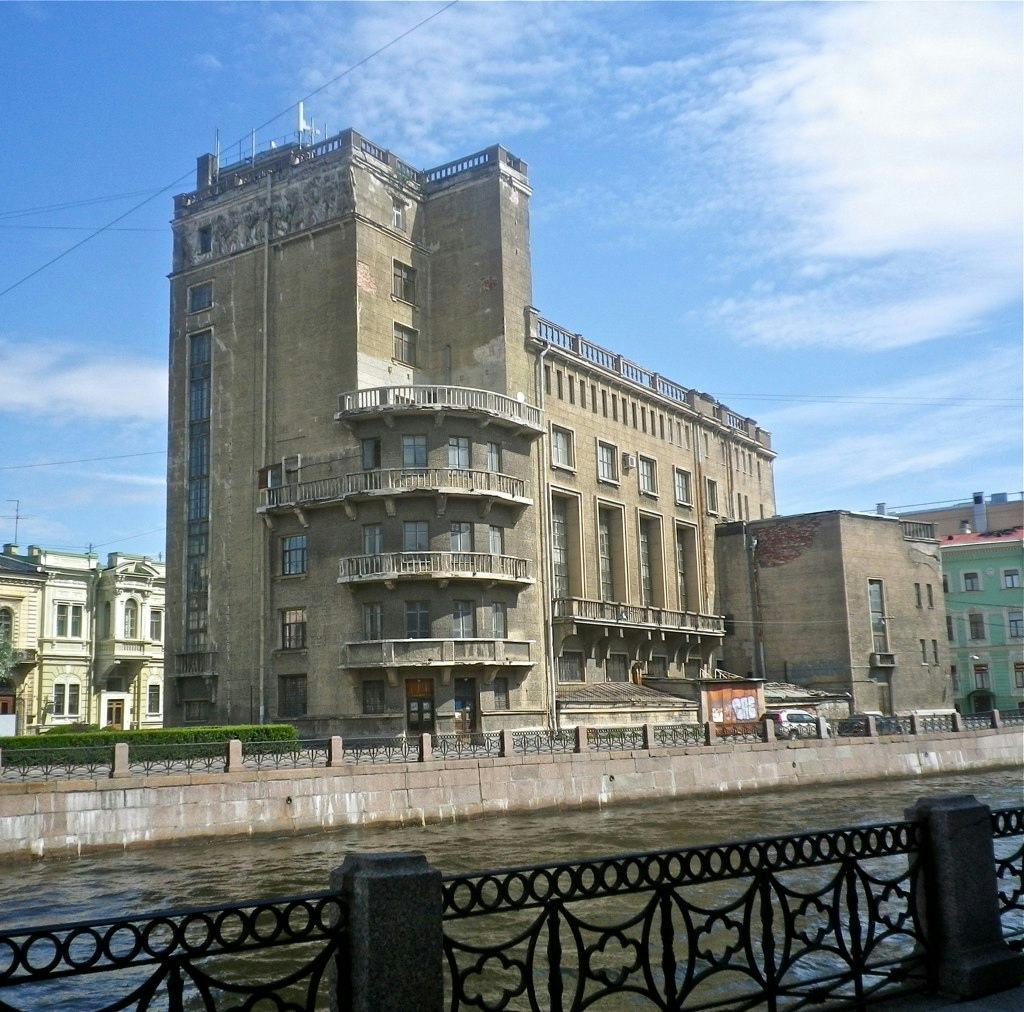
Q. How does something out of the ordinary become habitual?
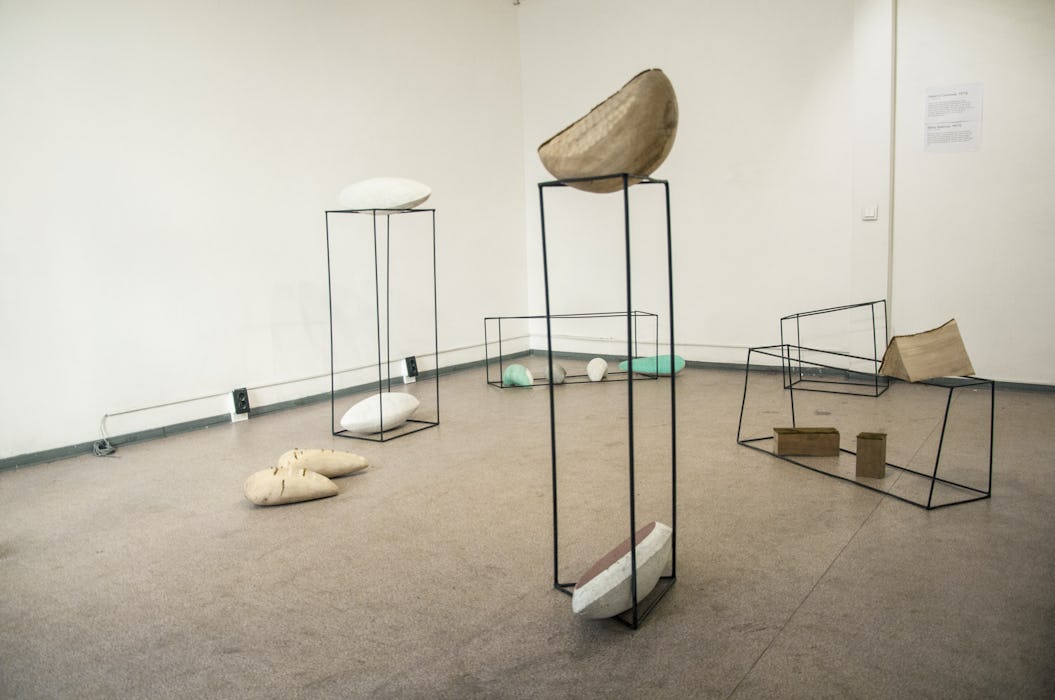
Q. How do we understand the complicated relationships between humans and their pets?
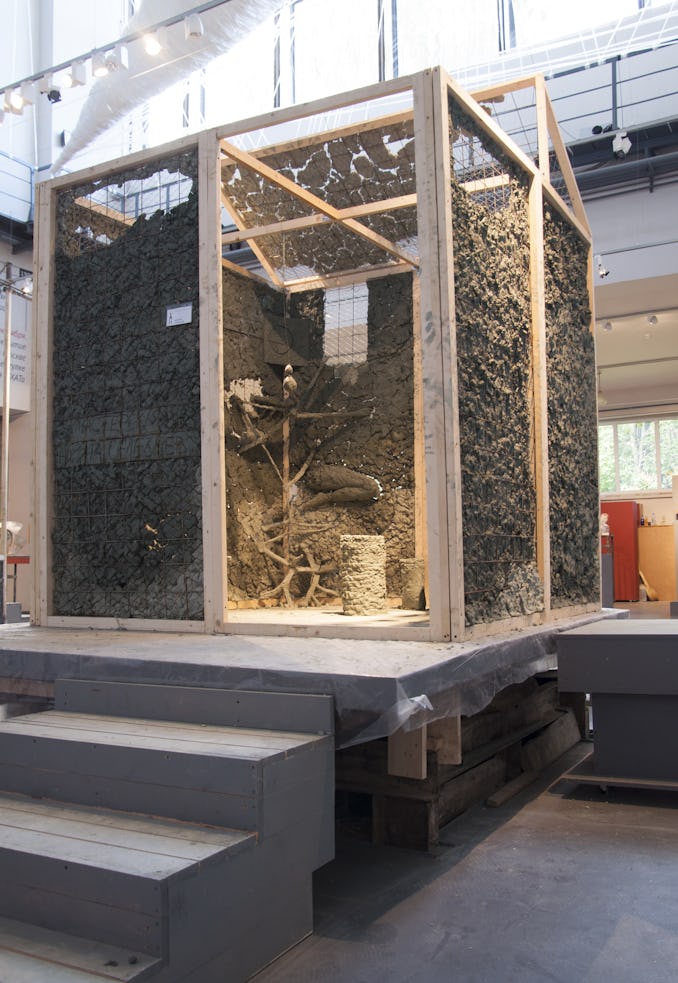
Q. What visual codes can be deployed create an artist's identity?